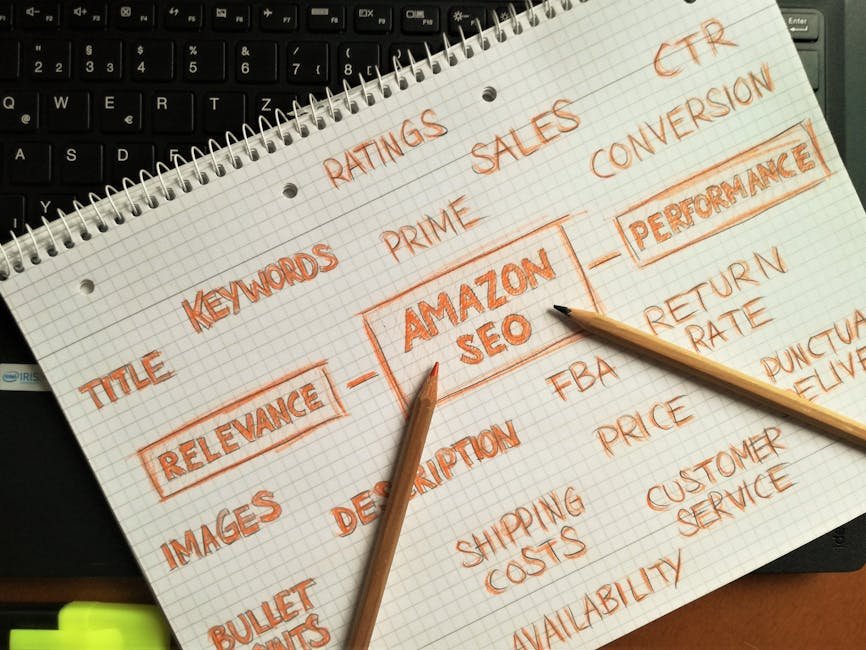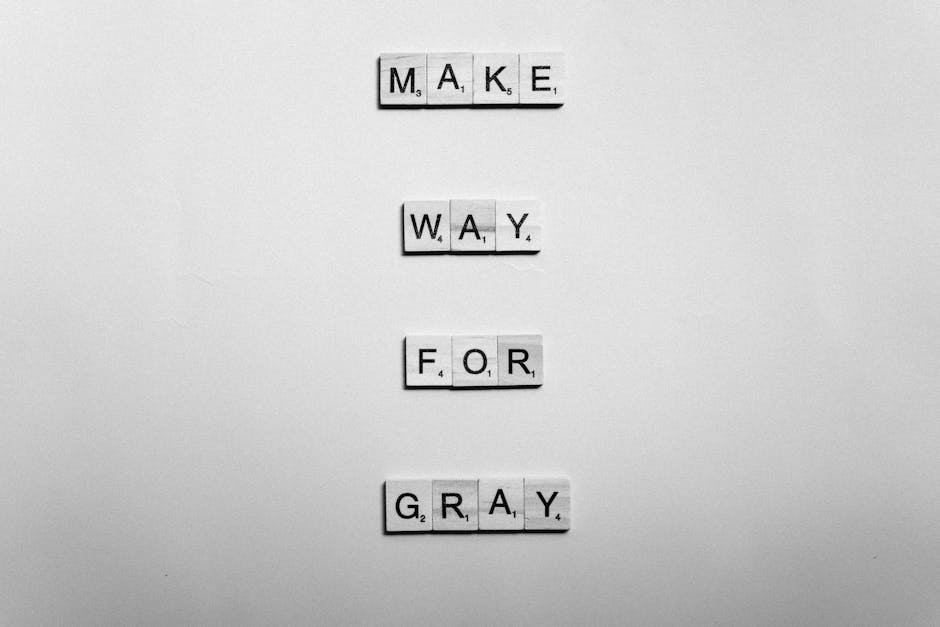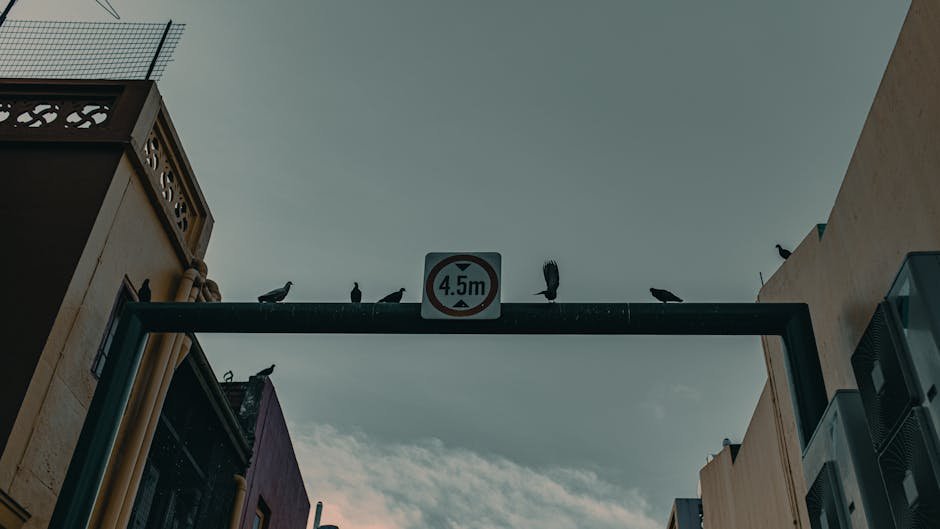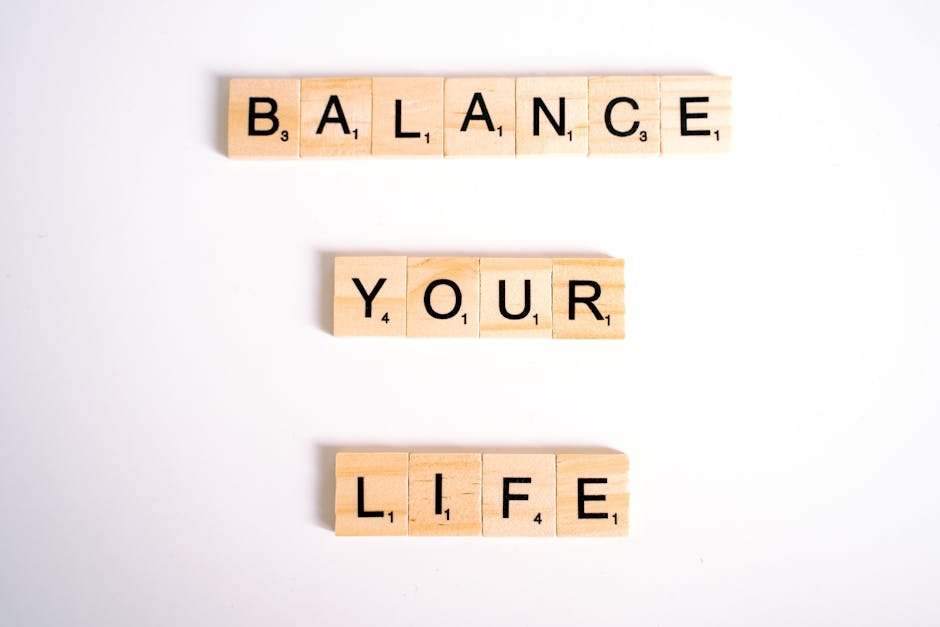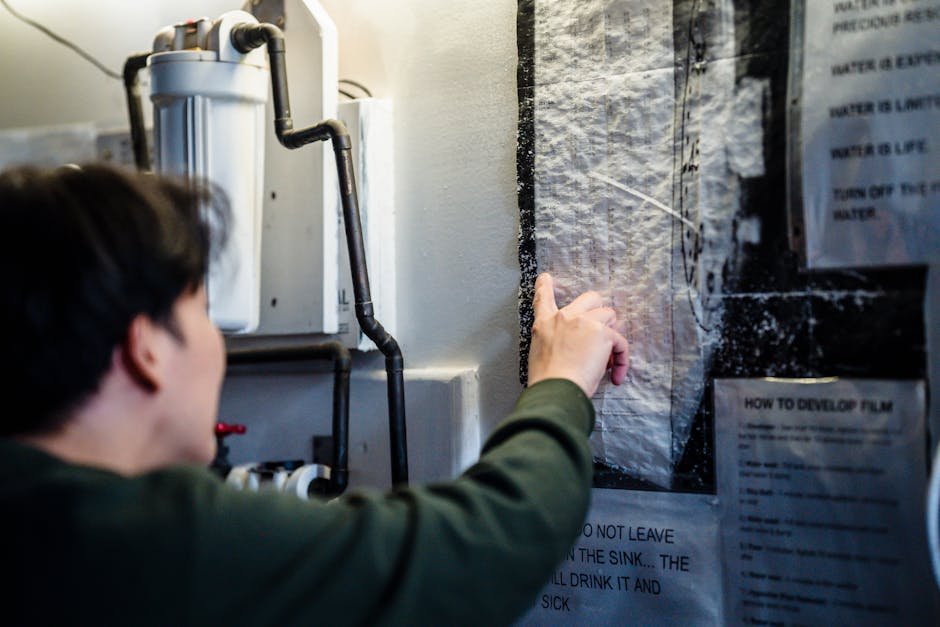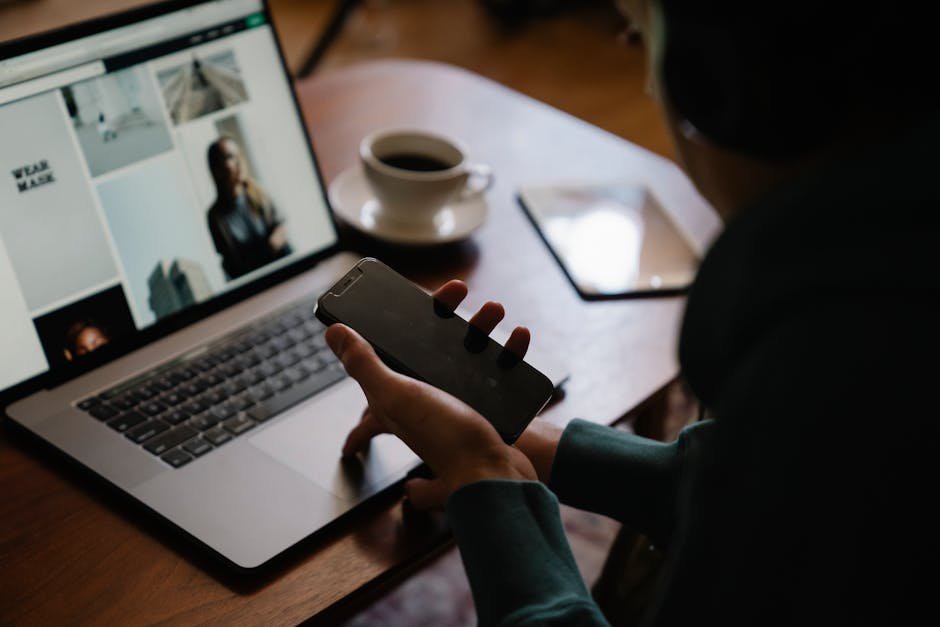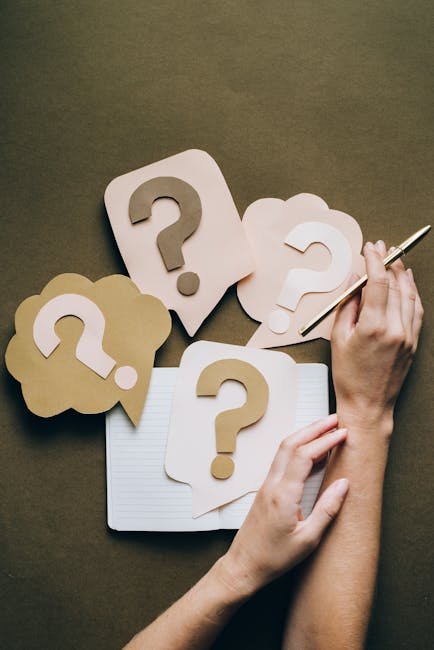How to Optimize WordPress Images for Better Load Speed and SEO
Images are the spice of any WordPress blog, providing visual appeal and context for your content. However, they can also slow down your site if not optimized properly, affecting both user experience and SEO rankings. In this comprehensive guide, we’ll walk you through the essential steps to optimize WordPress images, ensuring your site loads quickly and ranks well in search engines. 🌟
Table of Contents
1. Why Image Optimization Matters
2. Choosing the Right Format
3. Compressing Images for Speed
4. Utilizing Lazy Loading
5. Adding Descriptive Alt Text
6. Leveraging Image Sitemaps
7. Conclusion
8. FAQs
Why Image Optimization Matters
Before diving into the nuts and bolts of image optimization, it’s crucial to understand why it matters. Optimized images contribute to faster load times, which is a critical factor in user satisfaction and search engine rankings. Google prioritizes fast, user-friendly websites, and images are often the largest files on a page. Hence, optimizing them can significantly improve your site’s performance and SEO.
Choosing the Right Format
When it comes to image formats, there are several options, but the most popular ones are JPEG, PNG, and WebP. Each has its own benefits:
– JPEG is ideal for photographs and images with gradients because it provides good quality with smaller file sizes.
– PNG is best for images that require transparency, like logos or icons, but tends to have larger file sizes.
– WebP is a modern format that provides superior compression and quality, but ensure your users’ browsers support it.
Choosing the right format can drastically reduce file sizes without sacrificing quality, improving load times and user experience. 🎨
Compressing Images for Speed
Compression is key to reducing image file sizes. There are two main types of compression: lossy and lossless. Lossy compression reduces file size by removing some data, which might slightly affect quality. Lossless compression reduces file size without affecting quality but doesn’t compress as much as lossy.
For WordPress users, plugins like Smush, Imagify, and ShortPixel automate the compression process, ensuring your images are optimized without manual intervention. These tools can handle bulk compression and offer settings to choose your preferred balance between quality and speed. 🚀
Utilizing Lazy Loading
Lazy loading is a technique where images only load when they become visible in the viewport. This significantly reduces initial page load time and bandwidth usage. WordPress 5.5 and above have native lazy loading support, which can be enabled easily through the settings or plugins like a3 Lazy Load.
By implementing lazy loading, you ensure faster load times, especially for image-heavy pages, enhancing both user experience and SEO.
Adding Descriptive Alt Text
Alt text serves two main purposes: it helps visually impaired users understand the image content and provides search engines with context about the image. Descriptive alt text can improve SEO by making your images searchable and relevant to your content.
When crafting alt text, be specific and descriptive. For instance, instead of “flower,” use “red rose blooming in spring garden.” This not only aids accessibility but also enhances SEO visibility. 🌹
Leveraging Image Sitemaps
Image sitemaps help search engines discover images on your site. By including images in your existing sitemap or creating a dedicated image sitemap, you enhance the likelihood of your images appearing in search results.
Plugins like Yoast SEO and Google XML Sitemaps make this process straightforward, ensuring all your images are indexed correctly by search engines.
Conclusion
Optimizing images for WordPress is a crucial step in enhancing your site’s speed and SEO performance. By choosing the right formats, compressing images, utilizing lazy loading, adding descriptive alt text, and leveraging image sitemaps, you ensure a faster, more accessible, and SEO-friendly website. Remember, a faster site not only improves your search engine rankings but also provides a better experience for your visitors. 📈
FAQs
Q1: What is the best image format for WordPress?
A1: The best format depends on the use case. JPEG is great for photos, PNG for transparency, and WebP for modern compression.
Q2: How can I automate image optimization in WordPress?
A2: Use plugins like Smush, Imagify, or ShortPixel to automate image compression and optimization tasks.
Q3: Does lazy loading affect SEO?
A3: Lazy loading does not negatively affect SEO; it actually improves page speed, a significant ranking factor.
By following these tips, you’ll be well on your way to a faster, more optimized WordPress site. Happy blogging! 😊

